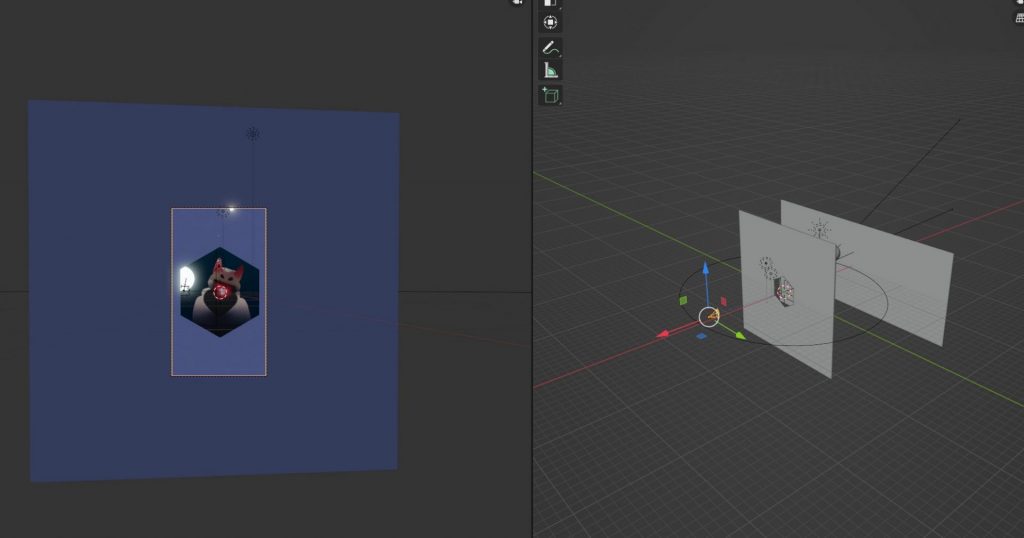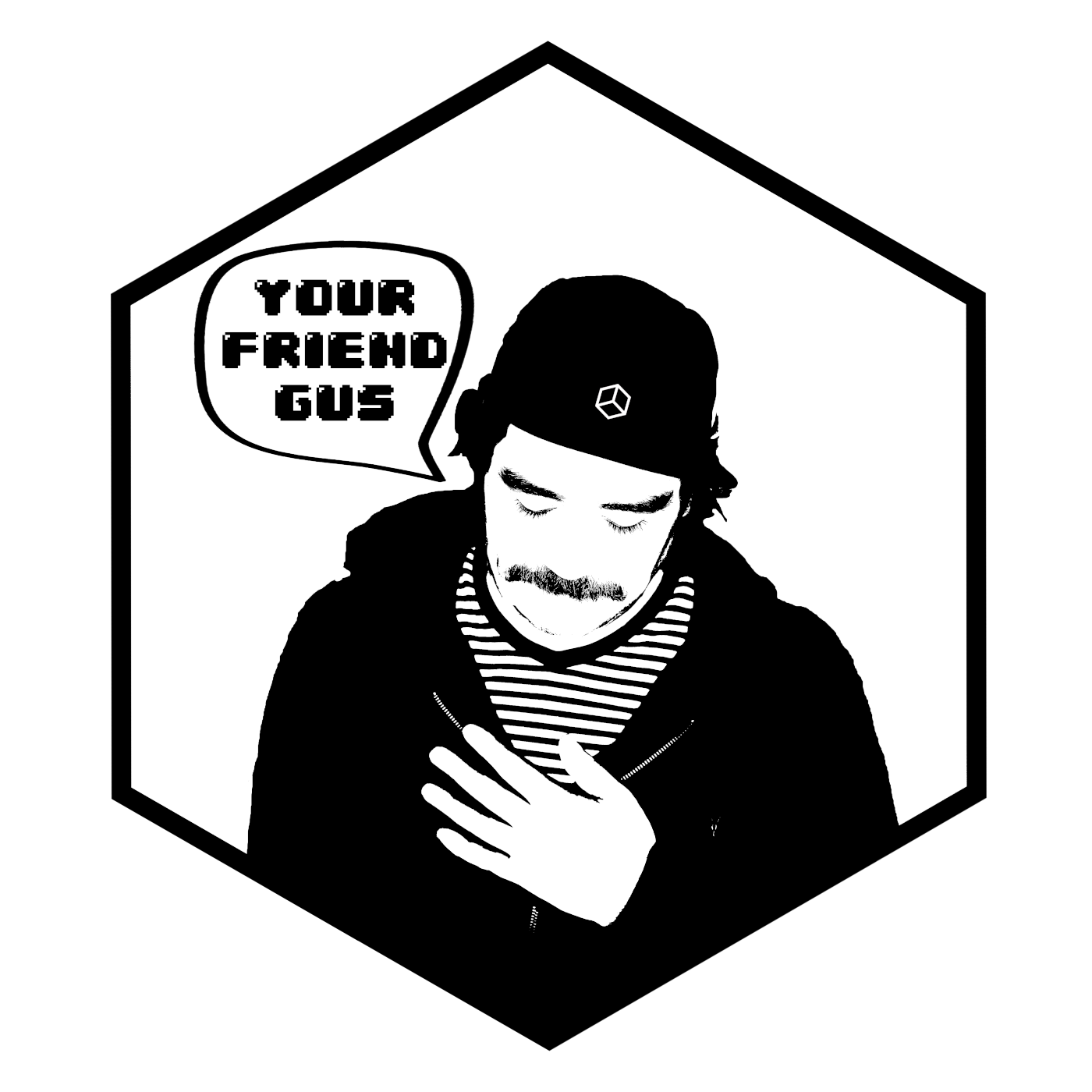I have been working on some music that is inspired by monsters. I won’t dive too deep into the individual tracks here but you can find my little blerbs and links to listen on my blog:
High quality versions of the song files are available on Bandcamp:
Monsters are usually depicted as terrible creatures but I feel that they’re misunderstood. The thing that turns a benign creature into a monster is a change in its nature – monsters instinctually chase the thing that makes them appear terrible to a fault.
Monsters have been used in myth to expose human fears / anxieties and also to depict the archetypal pitfalls of certain human characteristics. For example, it’s easy to find the parallels between an incubus/succubus and a playboy/bad girl or a gremlin and an energetic child who can’t help but leave destruction in their wake. The characteristic in moderation is not bad until it becomes a problem for the monster or those close to them.
We all encounter monsters in our every day, in other people and in ourselves and this series and theme is not about despising anyone for being a monster but instead in understanding the nature of the monster and the effect that it has in the wake of the monster’s path. I want the listener to empathize with the creature instead of despising it.
The art for the releases was created using a modified Stable Diffusion 1.5 model that I trained with my own data from prompts and illustrations and that were produced with derivations of outputs from the base model. I furthermore created some scripts to generate hundreds of images from my custom model that were then curated and fed back into the model to retrain it closer to the cute / spooky aesthetic that I was going for. From this specialized training set I was able to create images that were congruent with each other and that satisfied my goal of making the monsters approachable.
I am not only prompting but also incorporating task-specific conditioning with custom ControlNet models, you may notice the similarities within the images and congruence with my hexagonal logo using inpainting (and a little touching up in Affinity, my new favorite photo editing program) to clean up the outputs.
The final outputs were upscaled using the video2x model and then further hand segmented into layers as Blender assets.
The 2D versions of the visuals took me around a month of casual work and a lot of waiting to produce and refine. For my workflow, creating the generated assets while I was working on the music also fed back on the musical process and I’m happy to share deeper details if anyone’s interested.
I created the parallax effect used in the Spotify motion canvases with Blender. The animations look through a hexagonal cutout in front of the camera and aspects of the album art are layered at different distances within the frame. The initial process used in the Werewolf release took me around a week to animate and light and so forth because I’m more focused on the musical aspect of my form than the visual and don’t use these tools every day – still I enjoy and celebrate exploring the creation of visual assets to compliment my music and incorporate into live sets when the time comes.

The overall visual asset creation process was tedious, time consuming, but worked with my schedule. In future releases, as I become more professional, I’ll probably lean in more for finding an artist that I enjoy working with for my visual assets as long as they can quickly deliver on my chaotic release schedule and iterate to meet my creative vision.

